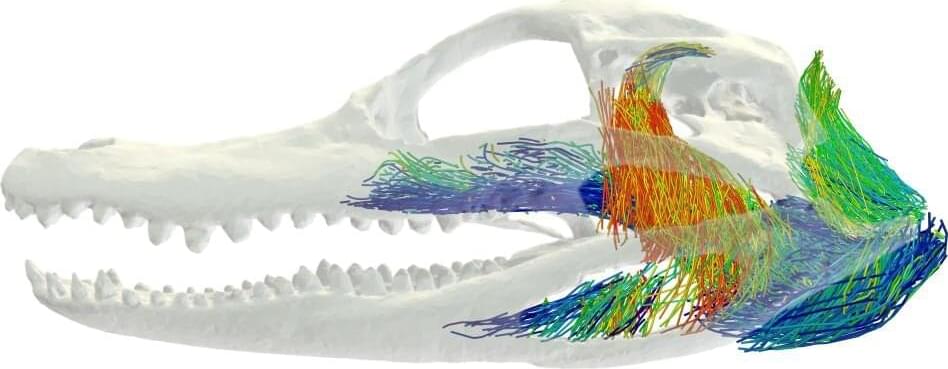Researchers have uncovered two separate malicious cryptocurrency mining campaigns; one exploiting Oracle WebLogic servers and Docker APIs.




Gamers looking for cheats on YouTube are being targeted with links to rogue password-protected archive files designed to install crypto miners and information-stealing malware such as RedLine Stealer on compromised machines.
“The videos advertise cheats and cracks and provide instructions on hacking popular games and software,” Kaspersky security researcher Oleg Kupreev said in a new report published today.

SparklingGoblin is the name given to a Chinese advanced persistent threat (APT) group with connections to the Winnti umbrella (aka APT41, Barium, Earth Baku, or Wicked Panda). It’s primarily known for its attacks targeting various entities in East and Southeast Asia at least since 2019, with a specific focus on the academic sector.
In August 2021, ESET unearthed a new piece of custom Windows malware codenamed SideWalk (aka ScrambleCross) that was exclusively leveraged by the actor to strike an unnamed computer retail company based in the U.S.
Subsequent findings from Symantec, part of Broadcom software, have linked the use of SideWalk to an espionage attack group it tracks under the moniker Grayfly, while pointing out the malware’s similarities to that of Crosswalk.

There was once a time, not so long ago, when scientists like Casey Holliday needed scalpels, scissors and even their own hands to conduct anatomical research. But now, with recent advances in technology, Holliday and his colleagues at the University of Missouri are using artificial intelligence (AI) to see inside an animal or a person—down to a single muscle fiber—without ever making a cut.
Holliday, an associate professor of pathology and anatomical sciences, said his lab in the MU School of Medicine is one of only a handful of labs in the world currently using this high-tech approach.
AI can teach computer programs to identify a muscle fiber in an image, such as a CAT scan. Then, researchers can use that data to develop detailed 3D computer models of muscles to better understand how they work together in the body for motor control, Holliday said.

Recent advancements in the development of machine learning and optimization techniques have opened new and exciting possibilities for identifying suitable molecular designs, compounds, and chemical candidates for different applications. Optimization techniques, some of which are based on machine learning algorithms, are powerful tools that can be used to select optimal solutions for a given problem among a typically large set of possibilities.
Researchers at Colorado State University and the National Renewable Energy Laboratory have been applying state-of-the-art molecular optimization models to different real-world problems that entail identifying new and promising molecular designs. In their most recent study, featured in Nature Machine Intelligence, they specifically applied a newly developed, open-source optimization framework to the task of identifying viable organic radicals for aqueous redox flow batteries, energy devices that convert chemical energy into electricity.
“Our project was funded by an ARPA-E program that was looking to shorten how long it takes to develop new energy materials using machine learning techniques,” Peter C. St. John, one of the researchers who carried out the study, told TechXplore. “Finding new candidates for redox flow batteries was an interesting extension of some of our previous work, including a paper published in Nature Communications and another in Scientific Data, both looking at organic radicals.”


AS man and machine get ever closer, the world of sex tech seems to get a little stranger.
We’ve rounded up some of the most bizarre sex tech inventions that are in the works, including an exoskeleton could let humans make love in the metaverse.
Humans may rely on exoskeletons to have realistic sex in the metaverse, one sex tech expert has revealed.
Some of Solar Orbiter’s instruments had to be turned off during the event.
There’s one spacecraft that will be very well placed to capture that increasing activity: Solar Orbiter is currently 25 percent of the way through its 10-year mission of observing the Sun. By 2025, it will be closer than ever to our parent star, and it has already started observing some fantastic phenomena from our Sun.
One of those spectacular phenomena happened recently during a gravity assist Solar Orbiter received from Venus. The Sun had a coronal mass ejection (CME) toward Venus and the Orbiter. It was almost like it was jealous that the satellite designed to study it was cozying up to another heavenly body.
Obviously, the Orbiter’s presence isn’t why the Sun decided to discharge toward the second planet. And ultimately, being hit by such an intense solar storm had no damaging impact on the probe, mainly because it was specifically designed to observe phenomena like the CME.
